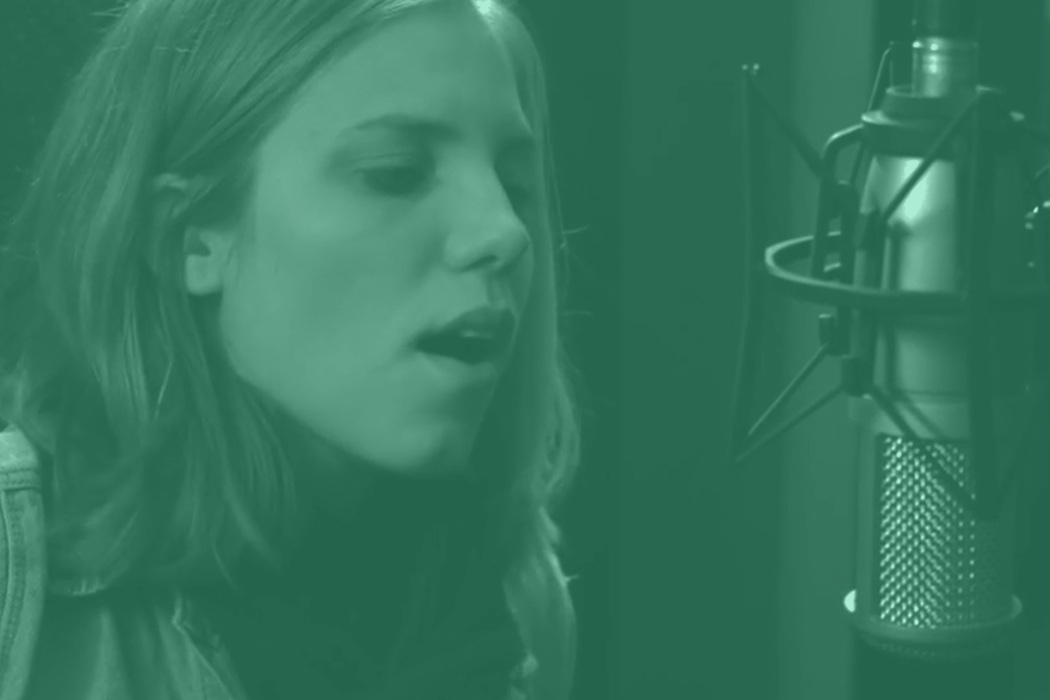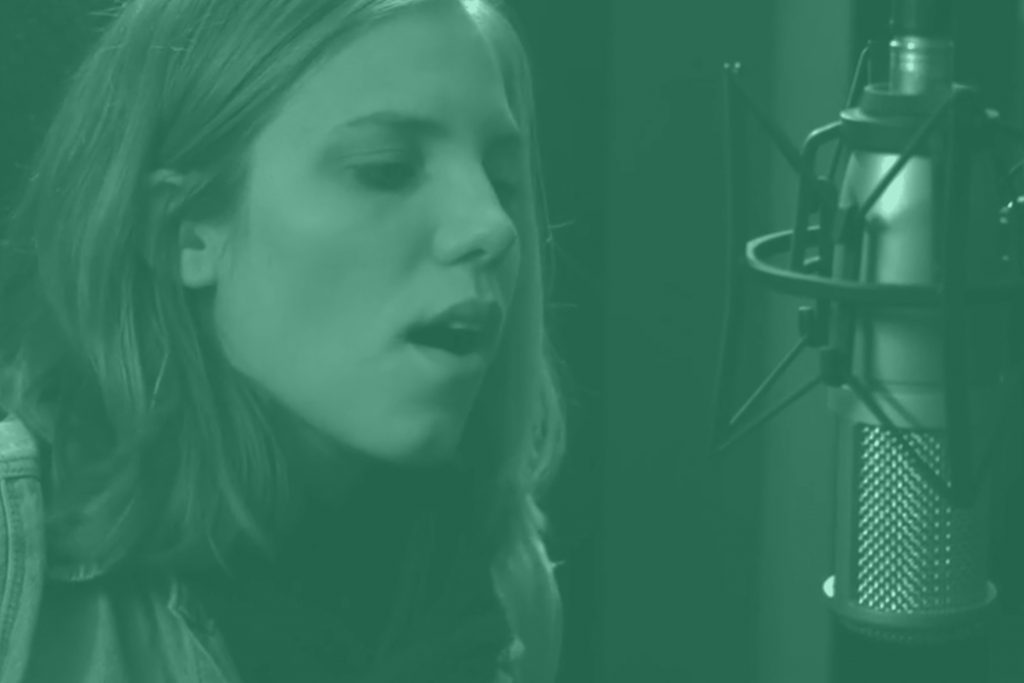
+ Recording and mixing your vocals at home? Grammy-winning artist Kimbra explores how to harness the full creative potential of your music in her new course!
Let’s say you’re producing your own vocals at home, or even prepping to record at a studio space. Your voice is sounding great, and you feel good about the vocal takes you’re demoing, but when you listen back, something’s not quite right.
Maybe one section sounds too muddy. Maybe you hit one note and it sounds far too nasally. You want more color in your performance, maybe a more even feel, and most of all you’re searching for clarity in the lyric delivery.
Here’s where EQ comes in.
Now, don’t get me wrong; I used to have very little idea of the subject I’m talking about. Just a few months ago I couldn’t tell you one thing about EQ. And even now (after going through Soundfly’s Making Music in Logic Pro X course — highly recommended, by the way!), I am still figuring out the ins and outs. Learning to self-produce is truly a lifetime learning journey, and that’s okay!
But for us vocalists, I’ve learned something so crucial about EQ that not a lot of engineers are going to teach us in the studio, so it helps to be prepared in advance. You can use your voice, its unique timbres and colors, and even the muscles in your face, to stand out in your mix long before you press record.
And that’s a skill that helps whether you’re self-producing or recording at Abbey Road. Here are some tips on how you can make your voice work for you.
Your face is your weapon.
Take a look at Chris Liepe’s short video below. Here, he gives a few pointers for getting your voice to sit well in a mix, without using any technology at all. In fact, with just a few facial muscles you can set yourself up for crystal clear vocal delivery in your track.
You can get rid of muddy vocals simply manipulating your voice in different ways; like accentuating the treble frequencies in a mid-heavy mix, or pushing a rough and dirty sounding vocal take when the chords’ timbre is more smooth.
Ideas like this are beautifully highlighted by the Grammy Award-winning pop vocalist and songwriter, Kimbra, in her Soundfly course lessons on “Shaping Your Sound.” Kimbra talks about recognizing your face shape and face structure, then adjusting the placement of each sound to give you a variety of tonal qualities to suit the song, the lyric, or the mix.
Play around!
Going further into Kimbra’s practice and demonstrations in her course, what she recommends is to try this out by singing one note at a time, then experimenting with placing the sound in various parts of your mouth.
Notice how it sounds and what happens when you push the sound forward into your nose, or back into your throat, for example. You can try moving air throughout your vocal tract, bringing more air and breath into the sound. Bringing the sound into the front of your mouth and out of your teeth can make the sound more bright, whereas putting the sound in the back of the throat gives it a muddier, lower-end sound.
Try to hear the differences in texture and color, and recognize what those subtle changes can do for you when you’re vocalizing in the studio.
If you’re a Soundfly subscriber, you can simply click through to watch the video lesson in Kimbra’s course. If you don’t already have access, sign up to find the lesson entitled “Shaping Your Sound” in Kimbra: Vocal Creativity, Arranging, and Production.
Another great experiment is to think of a few of your favorite singers, then try singing in their style (a great example of someone with a bright tone is Prince, and a more silky, low-end tone is Nine Simone).
Your mirror is (also) your friend.
Mirrors are your friend here: the eyes, eyebrows, mouth, and jaw are super important here. Notice what your face looks like when you sing a note in and place the sound in different parts of your face. Opening up your mouth wider will allow the sound to really resonate (think of your mouth as your speaker). Even raising your eyebrows or opening your eyes wider can push the sound forward, and outward.
+ Read more on Flypaper: “12 Creative Vocal Effects for Bedroom Pop Production.”
Get your whole body into it.
Your face is important, but it’s just as important to be present in your body. Think about using your feet to ground down into the floor when you want to brace yourself for a note. Remember to keep your throat relaxed and think about attacking a note from above, rather than reaching or straining up to it.
Use your hands, your stomach, and, yes, your core muscles, to engage with every note you sing. Notice where your shoulders are: are they scrunched up to your ears because you’re tense and straining? Notice if your knees are locked and stiff. Remember singing is a full body experience, and it takes time to get comfortable with it.
Be patient.
As a musician and a vocal coach with 8+ years experience, I’ve learned that so much of singing is about getting comfortable with your own voice, your own body, and your own unique tone. Think of your voice as a specific muscle in your body: you want to strengthen it, keep it healthy, and love it exactly as it is.
Taking yourself less seriously and just playing around with these techniques can be a game changer when it comes to getting your voice just right.
Continue learning with hundreds of lessons on songwriting, composing, home recording, electronic production, beat making, and much more. Explore Soundfly’s exciting courses like Modern Pop Vocal Production, Modern Mix Techniques, and of course, Kimbra: Vocal Creativity, Arranging, and Production.





